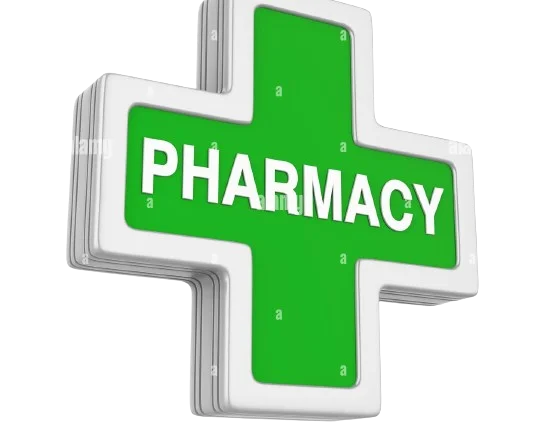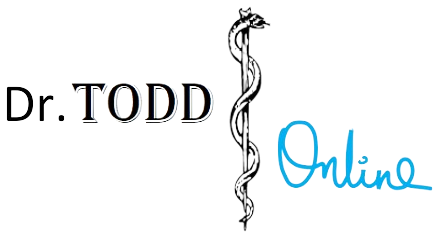Medical Drugs (Pharmaceuticals) in mainstream medicine represent a very important part of treatment. There are many different categories of drugs and they work in different ways.
Some drugs can be considered to be cures because they are able to resolve the disease condition completely and without any residual effects or need for follow up. Antibiotics are examples of drugs which can be curative. Other drugs are used in chronic conditions and control the disease condition so as to prevent its progress, while still others curb the discomfort of the disease. Examples of drugs used in chronic conditions are blood pressure drugs, as they maintain the blood pressure in the desired range but don’t cure the high blood pressure condition. Elevated blood pressure may affect the heart, Kidneys, Brain, Eyes and other organs adversely so blood pressure needs to be maintained in the normal range. So the value of high blood pressure drugs is in the protection of the body from the adverse effects of high blood pressure. These are just two of the many categories of drugs used to treat disease.

Many details about drugs can be found in reference books (PDF:Physicians Desk Reference is the most authoritative) or online. The following information about the medical drugs you take is useful to have when trying to understand your treatment.
Mechanism of Action: The way in which a drug works in your body.
Uses: This is a list of which medical conditions the drug is used for.
Abuse: Abnormal use of a drug. Sometimes drugs are used for their side effects. Euphoria, which is the feeling of getting high, is an example of a side effect that some drugs are used for. Some drugs prescribed for pain control, Eg.Opiate class drugs, fall into this category.
Side Effects: Effects which are different from what the drug is prescribed for. Many drugs have side effects and sometimes the side effects are multiple.
Warnings: Information concerning dangerous effects of the drug.
Drug – Drug Interactions: Tells you what happens when certain drugs are used together. Some drugs increase the effect of other drugs (potentiation). Some drugs decrease the effect of other drugs (Inhibition). Most drugs do not change the effect of other drugs.
Precautions: Important steps that should be taken to ensure safety when the drug is used.
Dosage: The amount of a drug that should be administered to produce a desired effect. Different amounts of the same drug may produce different effects.
Overdose: When an excess amount of drug is administered which causes abnormal effects. Overdoses may be just toxic or even fatal.
Route of Administration: Describes how the drug is given to the patient. Routes may be oral (mouth), sub-lingual(below the tongue), Subcutaneous(SC Below the skin), Intravenous(through veins = IV), Intra-arterial(through arteries = IA), Intramuscular(IM), Rectal, Vaginal, Inhaled, Transdermal(Across the skin), Drops, etc.
Organ of Metabolism: Drugs are recognized by your body as foreign substances which are potentially harmful. They therefore need to be broken down to a non- harmful form and eliminated. The organ in the body which breaks the drug down, usually the Liver or kidneys or sometimes both is the organ of metabolism.
Active Ingredient: Drugs may be complex with different parts of the drug doing different jobs. The part of the drug that does the job in your body for which the drug is prescribed is the active ingredient.
This is some of the important information which can help you to understand drugs and use them effectively and safely. More information can be obtained from reference sources.
